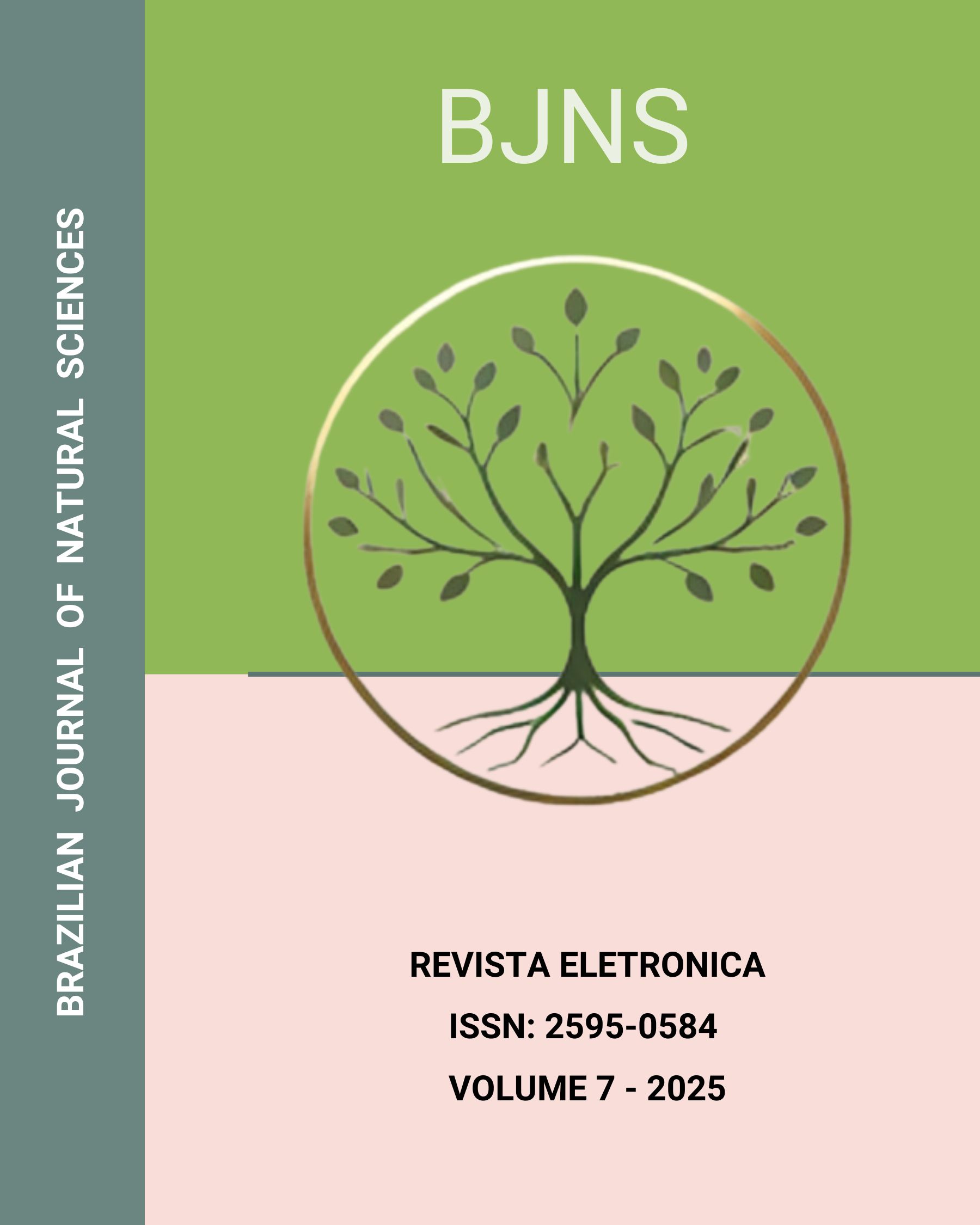TIME AND LIFE: A BIOLOGICAL AND EPISTEMOLOGICAL ANALYSIS OF TIME'S IRRELEVANCE IN BIOCHEMICAL REGULATION
Main Article Content
Abstract
ABSTRACT
This study presents a critical analysis of the concept of time as a regulatory quantity in living systems, exploring the hypothesis that time, although widely used as a descriptive reference in physics and social organization, does not exert a causal role on biochemical and physiological processes. Through an interdisciplinary approach involving physics, biology, and philosophy of science, the mutual dependence among SI units, particularly between the second and the meter, is examined, exposing the arbitrariness and anthropic construction of these references. Mechanisms of enzymatic and physiological regulation are discussed, highlighting their reliance on concentration gradients and electrochemical potentials, not on temporal measurements. Ultimately, the epistemological implications for understanding life are discussed, proposing that biology functions under its own internal logic, disconnected from chronological time. It is hypothesized that life emerged from what was physically present in the universe, and not from 'time', since the mechanisms that sustain life do not require time to exist.
Article Details

This work is licensed under a Creative Commons Attribution-NonCommercial-NoDerivatives 4.0 International License.
Copyright Statement - Policy Proposal for Open Access Journals
Authors who publish in the Brazilian Journal of Natural Sciences (BJNS) agree to the following terms: 1 - Authors retain the copyright and grant the journal the right to first publication, with the work simultaneously licensed under the Creative Commons Attribution License allowing sharing of the work with recognition of the authorship of the work and initial publication in this journal. 2 - Authors are authorized to assume additional contracts separately, for non-exclusive distribution of the version of the work published in this journal (eg, publishing in institutional repository or as a book chapter), with acknowledgment of authorship and initial publication in this journal. 3 - Authors are allowed and encouraged to publish and distribute their work online (eg in institutional repositories or on their personal page) at any point before or during the editorial process, as this can generate productive changes, as well as increase the impact and citation of published work. This is an open access article under the CC-BY license
References
BARBOUR, J. The End of Time: The Next Revolution in Physics. Oxford University Press, 1999.
BERGSON, H. Duration and Simultaneity. New York: Bobbs-Merrill, 1965.
CAPRA, F. The Turning Point. New York: Simon & Schuster, 1982.
DODD, A. N. et al. The plant circadian clock differentially regulates sucrose metabolism during diel cycles. Nature Plants, v. 1, 2015.
EINSTEIN, A. Relativity: The Special and the General Theory. New York: Crown, 1961.
FREEMAN, W. J. How Brains Make Up Their Minds. Columbia University Press, 2000.
HEIDEGGER, M. Being and Time. New York: Harper & Row, 1962.
LEHNINGER, A. L. Principles of Biochemistry. 5th ed. New York: W. H. Freeman, 2004.
MONOD, J. Chance and Necessity. New York: Vintage Books, 1972.
NELSON, D. L.; COX, M. M. Lehninger Principles of Biochemistry. 6th ed. New York: W. H. Freeman, 2012.
ROCHA, F. A. Time and Complexity in Biology. Revista Filosofia e História da Biologia, v. 9, 2014.
ROSENBERG, A. Philosophy of Science: A Contemporary Introduction. Routledge, 2020.
SACKMANN, E. Biological membranes architecture and function. In: Handbook of Biological Physics. v. 1, 1995.
MATURANA, H. R.; VARELA, F. J. The Tree of Knowledge: The Biological Roots of Human Understanding. Boston: Shambhala, 1992.


